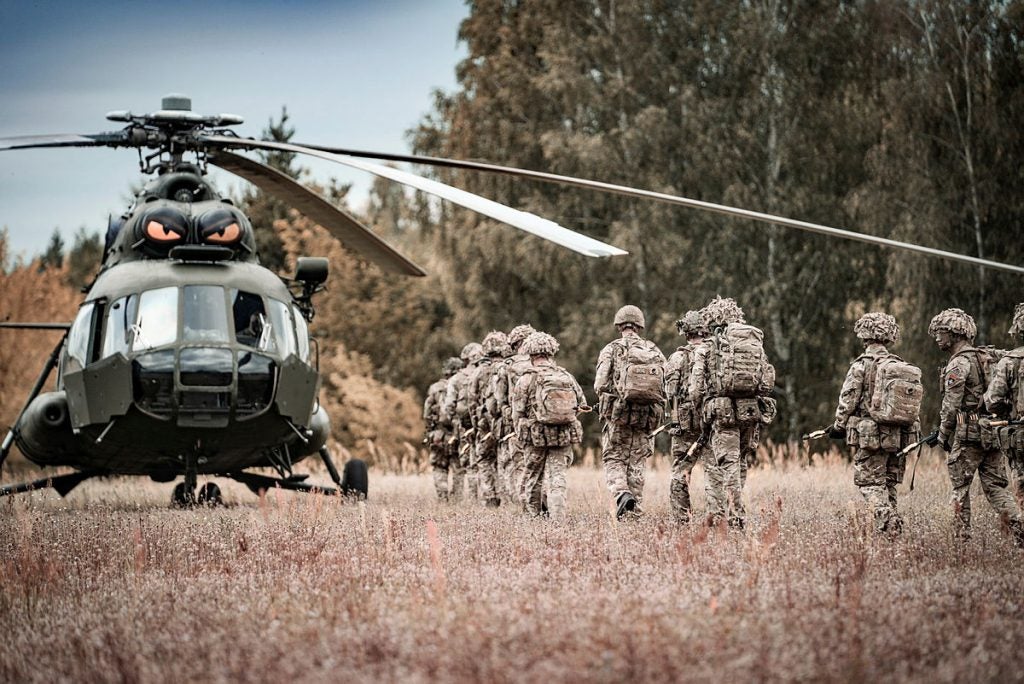Germany and Britain Deploy Additional Troops to Eastern Europe
As Putin continues to amass troops near the Ukrainian border, Britain and Germany have announced that they will deploy hundreds of troops to Poland and Lithuania respectively. The announcements from London and Berlin follow Washington’s decision to send 1,700 paratroopers of the US 82nd Airborne Division to Poland, 300 members of the XVIIIth Airborne Corps to Germany, and to redeploy a 1000-strong Stryker squadron from Germany to Romania.
On February 7th, the United Kingdom announced that it is sending 350 troops from the Royal Marines’ 45 Commando to Poland. The commandos were scheduled to deploy to Norway for routine exercises before the decision was made public by British defense minister Ben Wallace. Statements by Wallace’s Polish counterpart Mariusz Błaszczak indicate that Poland would like the British reinforcements to be deployed east of the Vistula “as soon as possible”.
The Polish defense ministry quoted Wallace as saying:
“I would like to thank Poland and the Baltic states that, together with Great Britain, they decided to make a joint effort to increase solidarity towards Ukraine, to cooperate with Ukraine, not only to talk about it, but also to act, for example through joint exercises, trainings or weapons delivery. In this spirit of solidarity, in order for us to face these challenges together, I would like to announce that Great Britain will send 350 additional troops to Poland, as a part of bilateral cooperation, in order to show our strong cooperation at the same time, but also to send a clear and decisive signal against a potential aggressor.”
The deployment will bring the strength of British forces in Poland up to 600. Of the 250 British soldiers currently in Poland, 100 are engineers assisting Polish forces on the border with Belarus while 150 are members of a US-led international NATO unit. The United Kingdom is reportedly also considering bolstering its presence in the Baltic states; 900 British soldiers are already stationed in Estonia. The British units making up the battlegroup normally rotate every six months but there are plans for the current British battlegroup to remain in Estonia after its replacement has arrived – further bolstering NATO presence.
On the same day, Berlin announced its own deployment to the East. In the coming days, Germany will send an additional 350 soldiers to Lithuania where they will join the 500 German soldiers who are currently stationed in the country as part of a NATO battlegroup.
Germany has faced significant pressure over its decision not to allow Lithuania to send German-made antitank weapons to Ukraine as military aid; the country’s government was also widely mocked for its offer to send 5,000 helmets to Ukraine. By moving troops to Lithuania, Germany likely hopes to improve the image its response to the Ukraine crisis has generated so far. However, Germany continues to stand firm by its policy of not sending weapons to Ukraine.

